Pocket Parks Bring Life to Unused Spaces
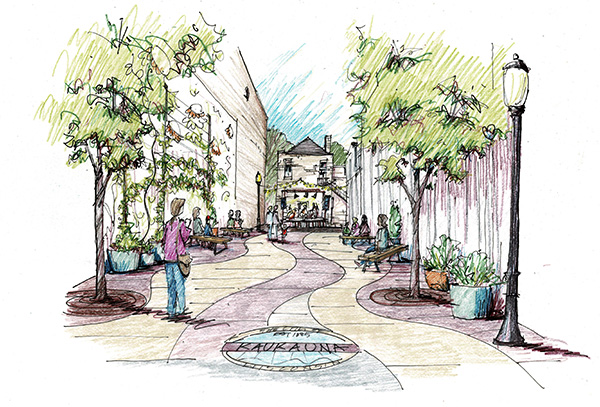
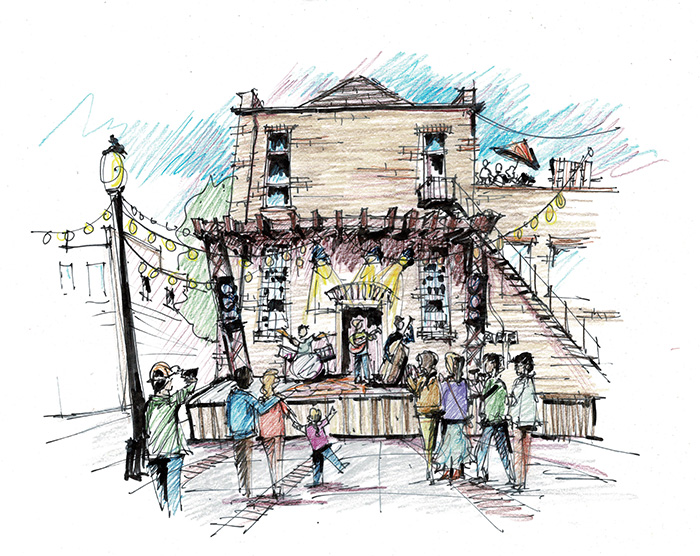
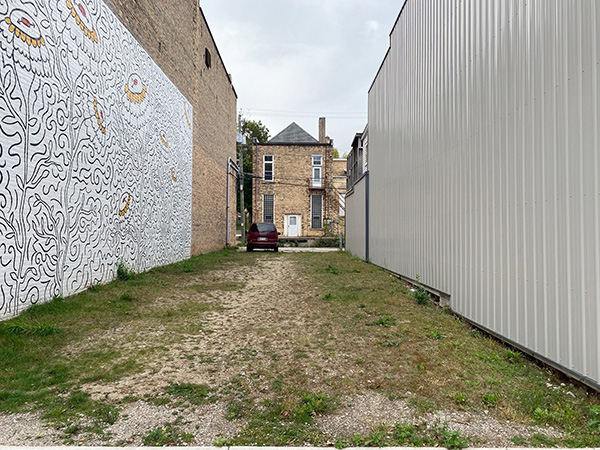
By Craig Stoffel
Communities can get a whole lot more out of their pockets than lint and a little spare change when those pockets are miniature parks loaded with possibilities to make unused spaces more attractive.

About the Expert:
Craig Stoffel has well over a decade of experience in a broad range of projects, including downtown master planning, complete streets, green infrastructure, EPA brownfield and area-wide urban revitalization planning, community parks, regional trails and educational campus design.
What Is a Pocket Park?
Pocket parks – sometimes called vest-pocket parks, vesty parks, mini-parks, or parklets – are small outdoor public spaces usually the size of a residential lot or smaller. These safe and inviting spaces, often in an urban setting, offer a variety of user experiences, including a place to meet friends, have lunch, take a break from shopping, or unwind after a long day at the office.
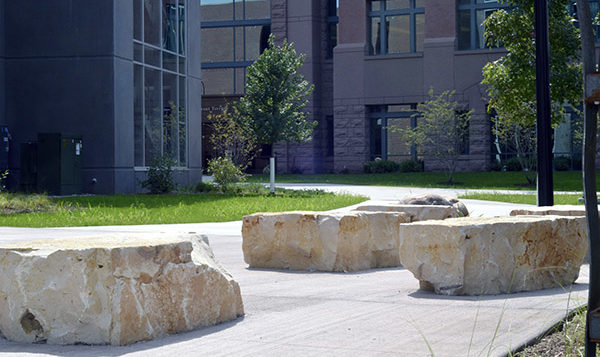
According to the National Recreation and Park Association (NRPA), successful pocket parks have four key qualities:
- They are accessible.
- They let users engage in activities.
- They are comfortable spaces with a good image.
- They are sociable places where people meet each other and take visitors.
Where to Place a Pocket Park
Communities can get creative when looking for places to create a pocket park: a vacant lot, an abandoned alleyway, a rooftop, public land where roads intersect. Virtually any unused space could be considered. These leftover spaces and urban eyesores make good candidates.
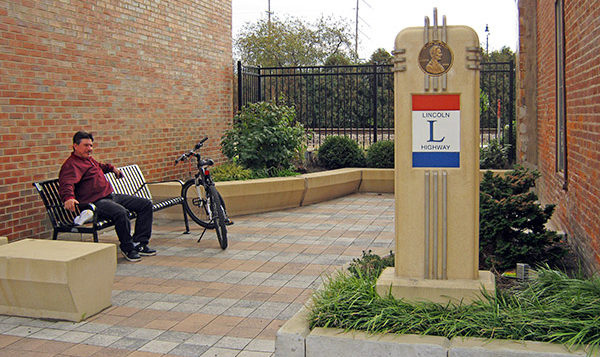
Private developments often end up with odd parcel pieces that are not developable for commercial or residential projects. In some situations, developers donate or deed these “leftovers” to the municipality to remove the square footage from their tax liability. With the right viewpoint, these castoff areas can be reimagined into meaningful open spaces.
Pocket Park Benefits
Pocket parks differ from neighborhood or community-scale parks in that they are not intended to serve as a destination for an entire community. They usually have specific users in mind and do one of the following beneficial things:
- Revitalize neglected and blighted areas.
- Enhance and strengthen the local character.
- Make communities safer and more sociable.
- Reduce pollution and traffic.
- Protect and conserve local wildlife and landscape.
- Tell a story of the local history and heritage.
- Transform otherwise underused real estate.
- Improve fitness and health.
- Add to the overall urban tree canopy.
- Turn residents into community decision-makers.
- Serve as a catalyst for additional investments in community improvements.
Communities looking to perk up an unused small space should consider a pocket park. Often these spaces are created through a combination of public and private funding. Many of our collaborations with communities yield a high quality-of-life return on very little investment. Our grant and funding experts, along with our landscape architects and designers, can provide ideas to get your project off the ground.
Visit our landscape architecture page for more about the services we offer.

Post a comment: